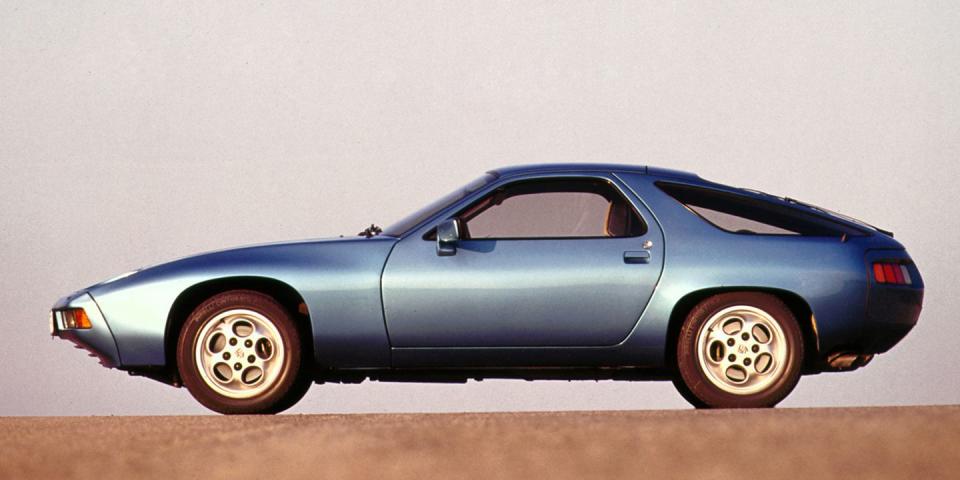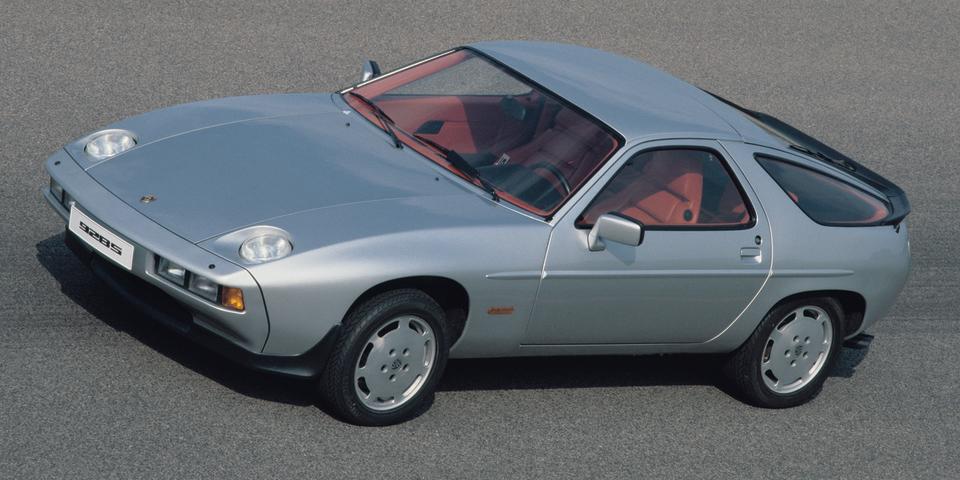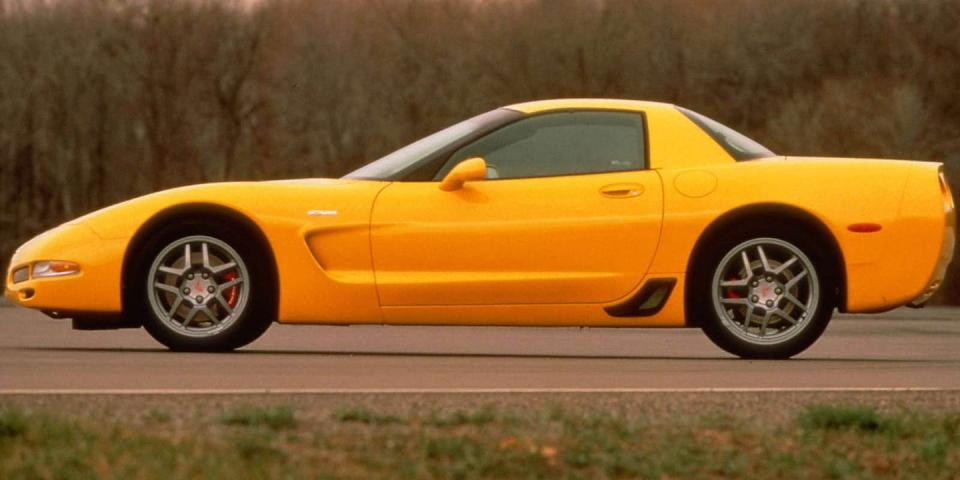How the Porsche 928 Was Inspired by a '50s Corvette Experiment

The fifth-generation (C5) Corvette was an extremely advanced sports car when it debuted, with some radical changes compared to the car that preceded it. One of the biggest changes was the C5's use of a rear-mounted transaxle, which made for better weight distribution and a roomier cabin. It's a drivetrain layout that's been a signature feature of the Corvette ever since.
But when the C5 was being developed in the early 1990s, a Corvette with its engine behind the front axle and transmission as far rearward as possible wasn't a new idea. Apparently, Chevy was considering this layout all the way back in the mid-1950s, when the first-generation 'Vette was still in showrooms.
This story comes to us from designer and automotive journalist Robert Cumberford, writing in Automobile about Porsche design. What does Porsche have to do with this? We'll let Cumberford explain.
In 1956, two young men worked together in a temporary space at the General Motors Tech Center, charged with devising the next Corvette, the C2. I was one, as stylist for the form, and Anatole Lapine was the other, responsible for its architecture. Consulting with Zora Arkus-Duntov and Ed Cole, we came up with a shorter wheelbase than the C1, with the V8 moved rearward and the gearbox out back. Chevrolet would not use that layout for several more decades, on the C5, but Porsche introduced the conceptually identical 928 at the 1977 Geneva Motor Show and produced it until 1995. Lapine took a lot of ribbing (not least from me) for getting Porsche to make "his" Corvette, but Porsche really did it because it feared the US would ban rear-engine cars like the 911. The 928 is much better looking than any '50s GM design in the Harley Earl era could have been, and of course Porsche’s engineering then was far more refined than Chevrolet's
Lapine, who went by Tony, was born in Latvia and worked at GM in various positions from the early 1950s to 1969, when Porsche hired him as design chief. He oversaw the design of Porsche's first two front-engine transaxle cars, the 924 and the 928.

So, the idea that eventually became a Corvette reality in 1997 was conceived in 1956. And Porsche beat Chevy to it by 20 years.
That's fascinating in its own right, but Cumberford's story also reminds us of some other experimental Corvettes from those days. Mainly, the mid-engine Corvette.
Chevy's first dalliance with a mid-engine Corvette came in 1960, with the Chevrolet Engineering Reasearch Vehicle I (CERV I), an Arkus-Duntov creation. Since then, there have been a number of false starts on the road to a production mid-engine Corvette, which now seems closer to reality than ever.
It's funny to think that the template for the Corvette of the 21st century was created in the 1950s, back when the first-generation car was a simple, slightly underwhelming roadster. It shows that the people behind the Corvette always had big ambitions.

Their ambitions may have been too technically challenging to produce in the 1950s and 1960s, but eventually they came true. Cumberford and Lapine's transaxle Corvette was put into production 40 years after it was conceived, and Arkus-Duntov's mid-engine dream looks like it could arrive very soon.
('You Might Also Like',)

 Yahoo Autos
Yahoo Autos 